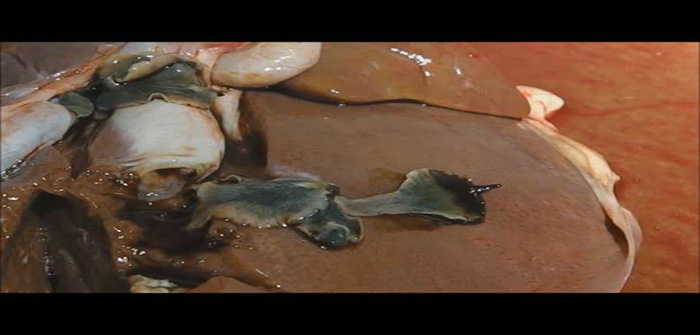The wettest summer for many years has led to a high risk of liver fluke infection in sheep and cattle across large areas of the UK, including the North, West and Central Scotland, West Wales and Cornwall. While Eastern Scotland and parts of North and South-West England are at medium risk of liver fluke.
Higher than average rainfall from May to October has created the ideal conditions for the liver fluke’s intermediate host, the mud snail to thrive, leading to an increased number of infective larvae on pasture. This, coupled with 2017’s long grazing season on pasture has led to greater fluke burdens in pastured animals.
Sheep are most at risk of acute fluke disease in the autumn. This disease is caused by migrating juvenile liver fluke. Sheep may simply be found dead with no prior signs of illness. However chronic liver fluke disease caused by the presence of adult fluke, peaks in the late winter/early spring.
Affected sheep may show varying signs of infection, such as progressive loss of condition, weakness, lowered appetite, emaciation, a brittle open fleece, the development of anaemia and low blood protein levels, characterised by pale mucous membranes, and submandibular oedema (‘bottle jaw’).
Boehringer Ingelheim Animal Health’s ruminant technical manager, Sioned Timothy, said: “Farmers in high fluke risk regions of the country who have already administered a first treatment for acute fluke earlier in the year, may be able to delay a second triclabendazole (TCBZ) treatment until January.
“However, where TCBZ-resistance has been confirmed, or suspected, farmers should consider the use of either closantel or nitroxynil based products, which are active on the late immature stages of fluke, from 7-8 week after infection.”
The aim of any spring treatments should be to remove any surviving adult flukes and prevent pasture contamination by fluke eggs reducing the risk of disease later in the year. In these cases choosing an alternative to TCBZ is advised in all cases, to reduce the likelihood of resistance.


